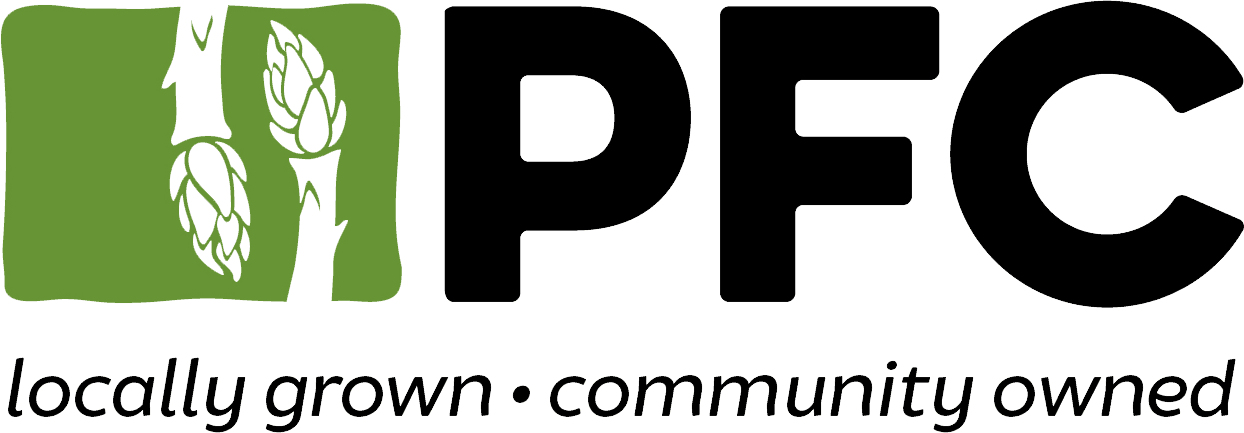Several cities in Michigan have farmers markets that are open in the winter or year-round. This may seem odd, considering Michigan’s typical growing season ranges from about 3-5 months, depending on location. However, certain crops can thrive late into the season and be harvested through the winter in structures called hoophouses, which are also known as high tunnels.
Unlike greenhouses, hoophouses do not require electricity or gas for heat. Using only the sun’s light beaming down through the clear plastic tunnels, hoophouses produce a balmy, protected environment for plants to thrive during the colder months. The Hoophouses for Health program is expanding the capacity of farmers across the state to purchase hoophouses to extend their growing season, while at the same time expanding access to fresh Michigan-grown produce to vulnerable children and their families.
Storage techniques are another way to bring local produce to market during the cold months. For example, apples can be stored in a controlled atmosphere storage facility to maintain peak quality and freshness for several months after the fall harvest. Other storage crops include potatoes, sweet potatoes, winter squash, cabbage, onions and garlic.
If you are lucky enough to live near an extended season farmers market, you can often find locally grown produce such as kale, spinach, beets, apples, carrots, onions, parsnips, kohlrabi, collards and other crops that have been grown in a hoophouse or stored after harvest. The Michigan State University Extension Michigan Fresh fact sheets and healthful recipes provide information about each of these vegetables and fruits and can help you turn your market haul into a delicious meal.
Source: http://msue.anr.msu.edu/news/eat_local_all_year_with_season_stretching_strategies


